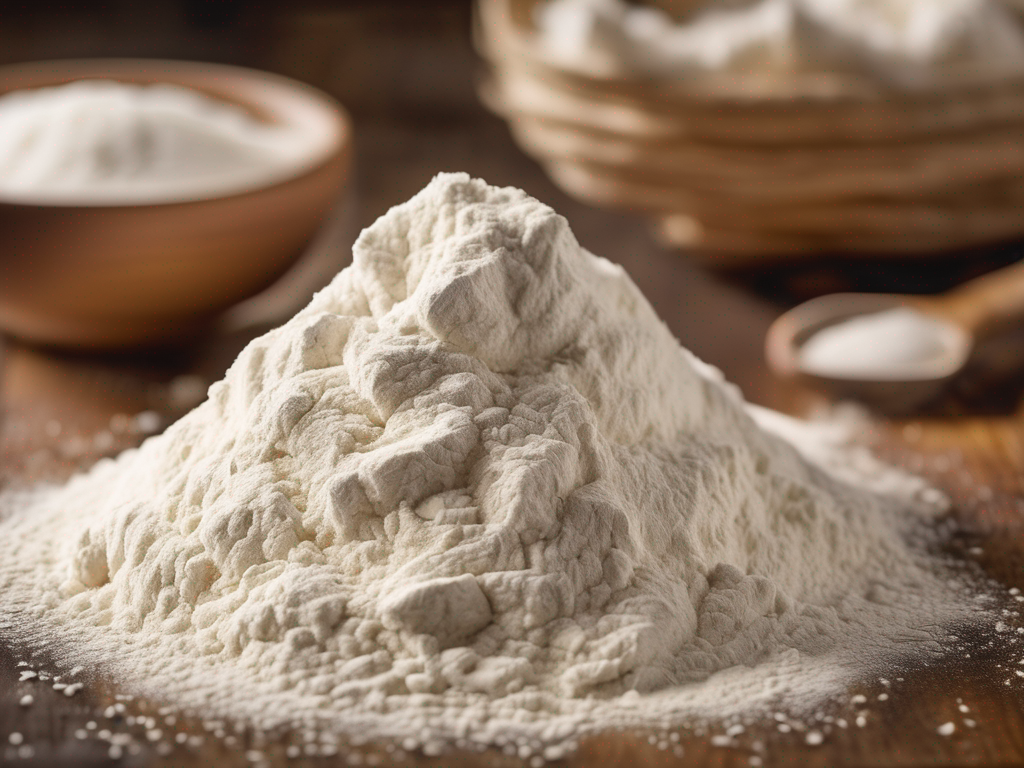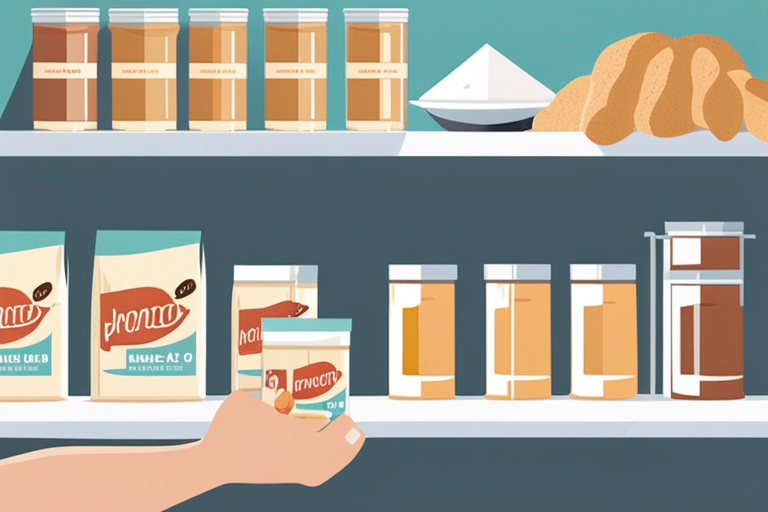
Is Your All Purpose Flour Still Good? A Guide to Checking for Spoilage
Get Your Free Food Safety Cheat Sheet
30 most common foods with instant answers. Print it and stick it on your fridge—completely free!
Is Your All Purpose Flour Still Good? A Guide to Checking for Spoilage
All-purpose flour is a staple ingredient in many kitchens, used for baking, cooking, and thickening sauces. However, like any food product, all-purpose flour can go bad over time. It's important to know how to tell if your flour has spoiled to ensure the safety and quality of your dishes. In this guide, we will discuss the signs of spoilage in all-purpose flour and provide you with tips on proper storage to extend its shelf life. (All purpose flour)
How Long Does All Purpose Flour Last?
All-purpose flour, when stored properly, can last for quite a long time. The shelf life of flour depends on various factors, including the type of flour, packaging, storage conditions, and whether it is bleached or unbleached. Here are some general guidelines for the shelf life of all-purpose flour:
- Unopened all-purpose flour: Typically lasts for 1-2 years past the expiration date if stored in a cool, dry place.
- Opened all-purpose flour: Can last for 6-8 months if stored properly in an airtight container in a cool, dark, and dry place.
Signs of Spoiled All Purpose Flour
To determine if your all-purpose flour has gone bad, look out for the following signs of spoilage:
1. Strange Odor
- Normal flour odor: All-purpose flour should have a mild, slightly sweet smell.
- Spoiled flour odor: If your flour smells musty, rancid, or sour, it may be spoiled.
2. Visible Signs of Mold
- White or greenish spots: Mold growth on the surface of the flour indicates spoilage.
- Discoloration: If the flour appears discolored or has dark spots, it may be moldy.
3. Pest Infestation
- Presence of insects or bugs: Flour beetles or weevils can infest all-purpose flour, contaminating it and rendering it unsafe for consumption.
4. Texture Changes
- Clumping or hardening: If the flour has clumped together or hardened, it may have absorbed moisture and gone bad.
Tips for Properly Storing All Purpose Flour
Proper storage is key to maintaining the quality and freshness of your all-purpose flour. Follow these tips to ensure your flour stays fresh for as long as possible:
- Use airtight containers: Transfer your flour to airtight containers or resealable bags to prevent moisture and pests from getting in.
- Store in a cool, dark place: Keep your flour away from heat and light sources to maintain its quality.
- Avoid moisture: Store flour in a dry environment to prevent clumping and spoilage.
- Check expiration dates: Keep track of the expiration dates on your flour packages and use older flour first.
- Consider refrigeration or freezing: For long-term storage, you can refrigerate or freeze your flour to extend its shelf life.
Conclusion
Ensuring the freshness and safety of your all-purpose flour is essential for the success of your culinary endeavors. By being aware of the signs of spoilage and following proper storage practices, you can enjoy high-quality flour for your baking and cooking needs. Remember to regularly check your flour for any signs of spoilage and discard it if you suspect it may be bad. With these tips in mind, you can confidently use your all-purpose flour in your favorite recipes without worry. (All purpose flour)

Authoritative Food Safety References
These agencies and university labs inform every tip and health precaution we publish.
USDA FoodKeeper – Cold Storage Guidelines
Official refrigerator, freezer, and pantry timelines maintained by the U.S. Department of Agriculture.
Visit USDA FoodKeeperFDA Produce Safety Rule & Grower Guidance
Field-to-fridge handling practices that prevent contamination of fruits, vegetables, and leafy greens.
Visit FDA Produce SafetyCDC Foodborne Illness Prevention Hub
Surveillance-backed guidance on pathogens, symptoms, and steps to reduce foodborne illness risk.
Visit CDC Food SafetyUC Davis Postharvest Technology Center
University research detailing optimal storage atmospheres for produce after harvest.
Visit UC Davis PostharvestPenn State Extension – Home Food Preservation & Safety
Peer-reviewed extension bulletins on safe canning, chilling, and reheating practices.
Visit Penn State ExtensionCan I still use expired all-purpose flour?
How should I store all-purpose flour to prolong its shelf life?
Can I freeze all-purpose flour to keep it fresh?
What are the potential health risks of consuming spoiled all-purpose flour?
Get Your Free Food Safety Cheat Sheet
30 most common foods with instant answers. Print it and stick it on your fridge—completely free! Want more? Upgrade to the complete guide with 70+ foods.
Scan your food directly and get instant safety info using our AI-powered camera feature.